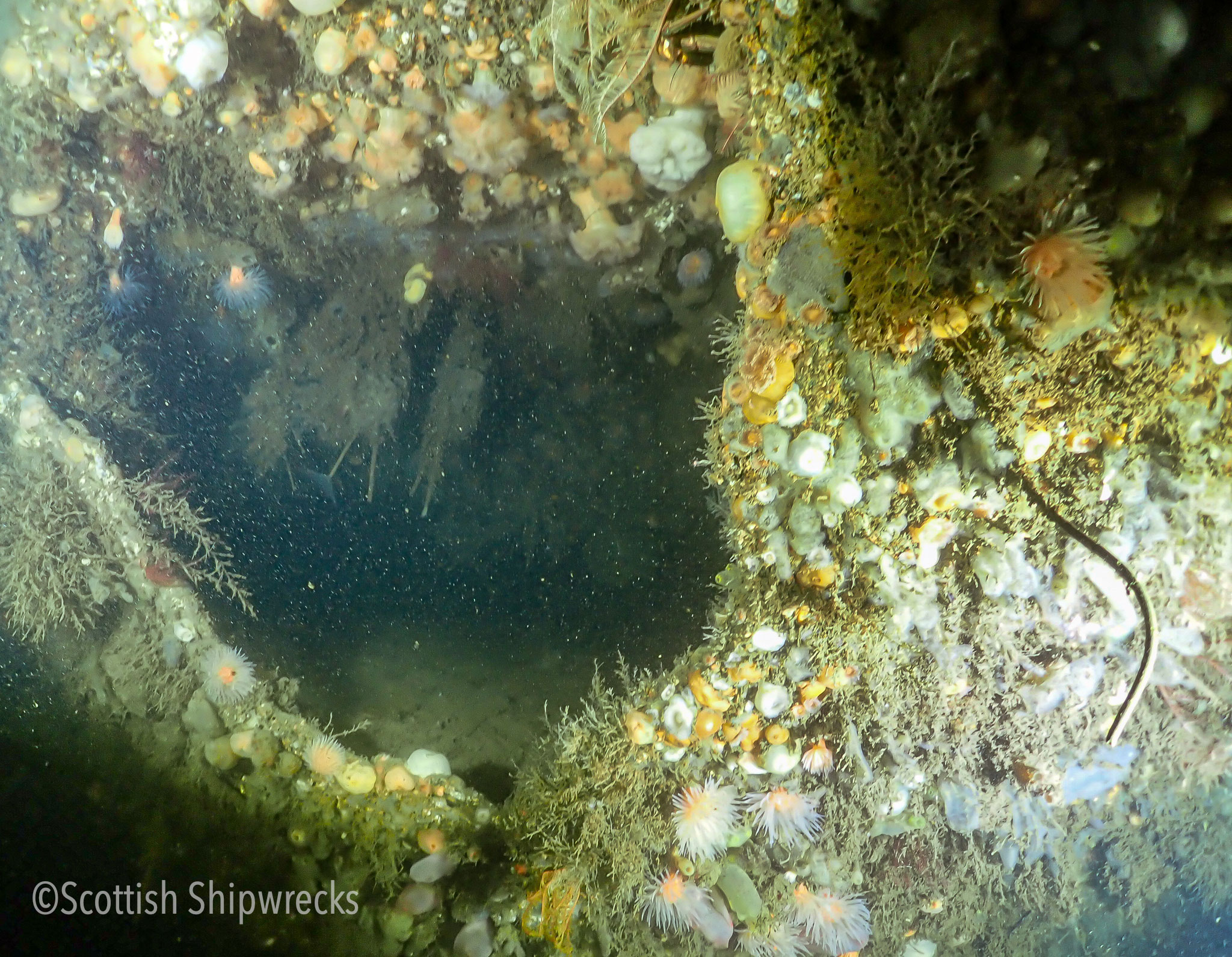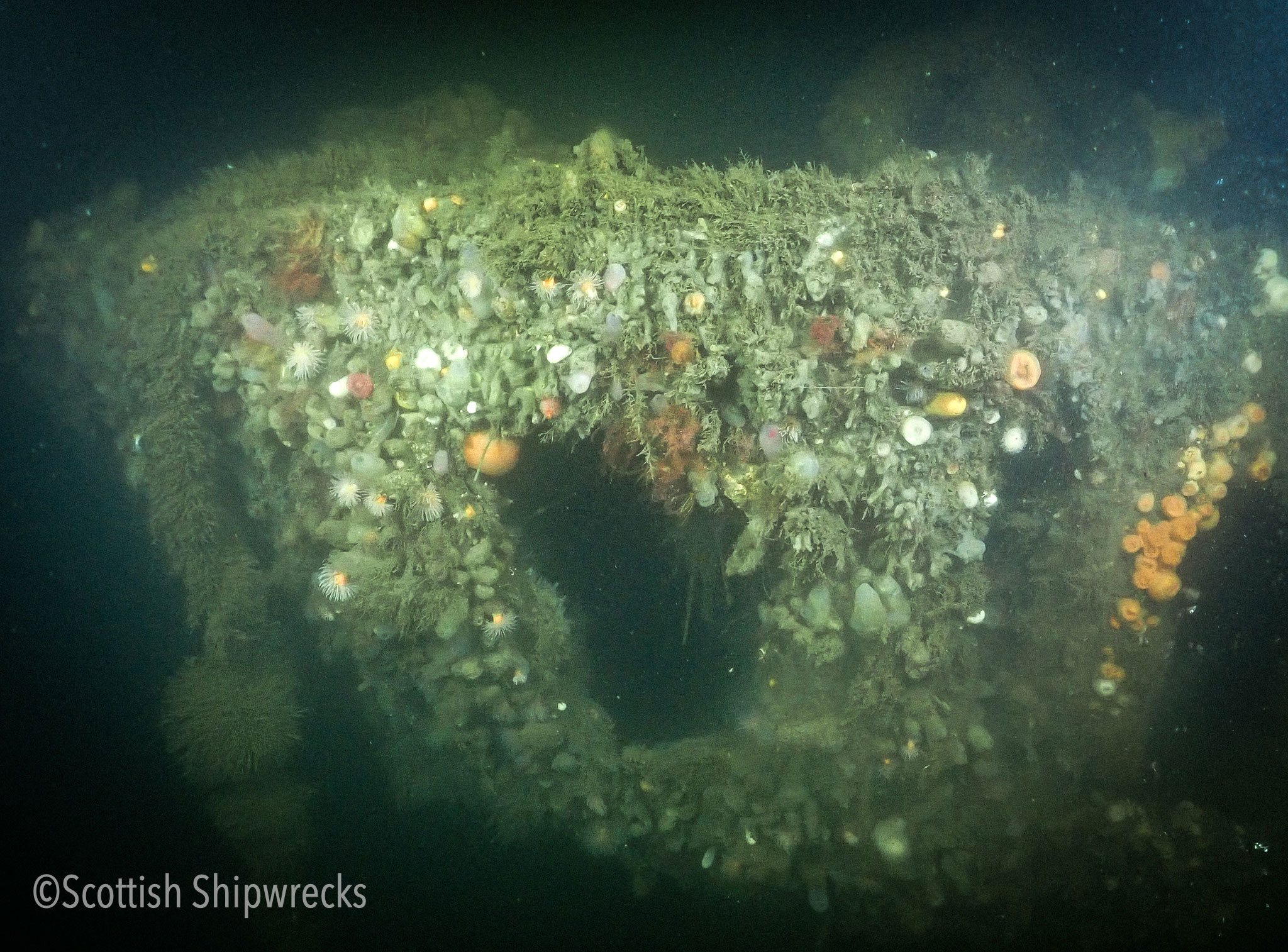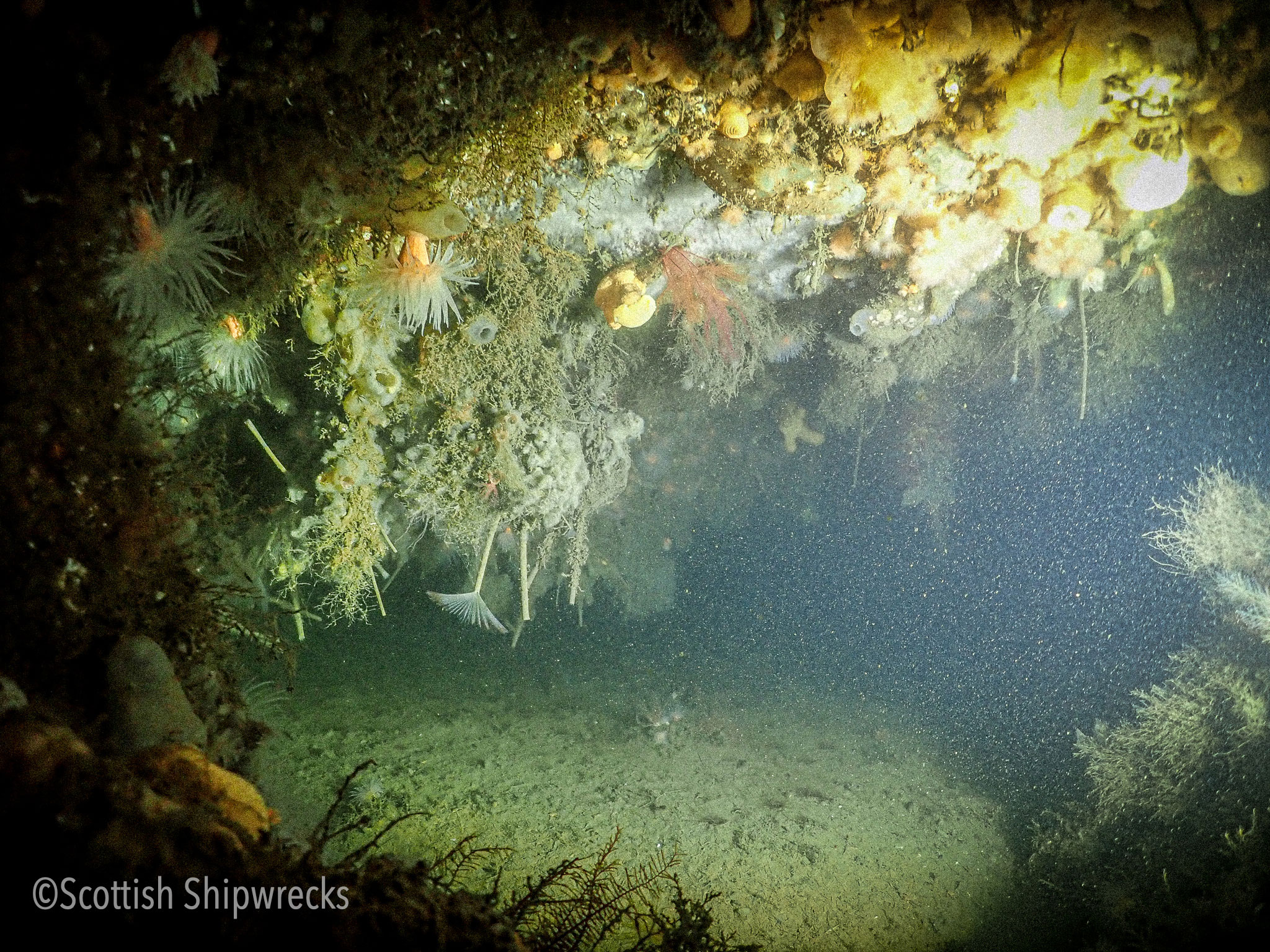The iron steamship Europa was launched from the Jarrow yard of Palmer’s Shipbuilding and Iron Company (Yard No 110) on 7th April 1862. She measured 206.5′ x 26.1′ x 17.2′ and her tonnage was 678 gross tons, 424 net tons. She was powered by a compound steam engine by Palmer’s delivering 90 registered horse power. Her engine was later updated by Palmer’s providing additional power delivering 140 registered horse power. Built for the London Steam Navigation Company (Fenwick and Pickernell) Ltd she was sold to her final owners, Palgrave, Murphy (Dublin) and Co Ltd in 1883.
Fate played a hand in the collision between the steamships Europa and Roseville on Saturday 11th October, 1884. If the carpenter of the Europa had signed on as arranged, she would not have been delayed and would have passed the tragic spot off Levan Castle hours earlier. The Europa had departed from Glasgow for Malaga the previous afternoon with 850 tons of general cargo. Around 7pm the same day she anchored off Greenock while Captain Bushell went ashore to hire another carpenter. He returned to his vessel around 11pm and the Europa proceeded on her voyage soon after. On passing McInroy’s Point shortly after midnight, the bow lookouts reported the lights of an incoming vessel dead ahead. These lights belonged to the SS Roseville, en route from Taganrog to Glasgow with 1850 tons of barley. As the two vessels closed the Europa started to cut across the track of the Roseville. The cries of alarm from the lookouts were too late for any evasive action to be taken. The vessels, both travelling at full speed, collided almost head on. The Europa was struck about her starboard hawespipe and cut through to the front of her main foredeck hatch. Panic and confusion ensued on both vessels, as the Europa began to fill and settle down. Some of her crew were in their bunks at the time and they rushed on deck, half naked. They, and several others on duty, scrambled aboard the Roseville. Unhappily, not everyone on board the Europa was so fortunate as she sank quickly, some three minutes after the collision, carrying with her Captain Bushell and four of her crew. Boats were immediately launched from the Roseville to search for survivors, but nothing was found except large quantities of floating debris.
The Roseville had been seriously damaged in the collision and she too soon began to fill and settle down. Having no other option her master, Captain Dove, headed for the shore and beached the Roseville opposite Levan Castle, where the survivors were safely landed. The wreck of the Europa was buoyed for some time after the incident until her masts, which nearly reached the surface, could be removed. The Roseville was successfully patched up and refloated by Messrs Ross & Marshall on 25th October, 1884 and taken to Greenock for repair, which eventually cost £12,000.
The Europa lies east of Cloch Point, in position 55°57.083’N, 004°52.112’W. Sitting upright on a gently sloping mud seabed with bow pointing south, the wreck is oriented about 005°/185°. Seabed depths vary from 40 metres at the stern to 34 metres at the bow. Depths on the wreck average 32 metres, however, this will increase below deck level in such areas as the engine room or stern accommodation.
Virtually all that remains of the Europa is the bare hull. The lack of any deck structures is possibly due to the wreck having been wire swept at some stage although, given the depth she lies in, this is unlikely, or that all the deck structures were timber and have subsequently disintegrated. The bow section has collapsed onto the seabed forward of the main foredeck hatch.
Much of this could be attributed to the damage received during the collision. Debris lies around the wreck on the seabed with the greater proportion on the port side. Little projects above the deck level except the steering tripod, the base of her main steam vent and a locomotive boiler which was part of her cargo. Areas below deck level are heavily silted and any disturbance reduces visibility to ‘groping around in the dark’ within seconds.
Europa Dive
Diving the Europa presents no major problems other than the depth, however care should be taken due to its proximity to the shipping lane and adjacent ferry traffic from McInroy’s Point to Hunter’s Quay. Visibility on the wreck is variable, normally two or three metres and usually dark.








































